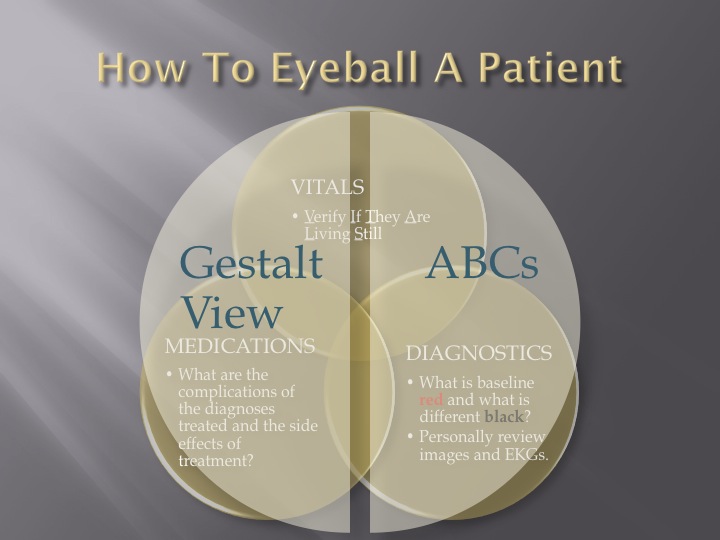I have actually taken the USLME Step 1 Examination twice, having failed it the first time, so I have a slightly unique viewpoint regarding this exam. There is a multifactorial explanation/excuse/reason as to why I did not pass, but it did give me a lot of experience preparing for the exam. I do not believe that this an examination that tests basic medical science but rather tests your ability to take a huge multiple choice test. Yes there is a significant amount of information you must know, but rote memorization will not get you through, to quote Goljan (http://usmlestep.com/goljan.htm) you must understand mechanism, not only of the underlying physiology and pathophysiology, on both micro and macro scales, but of the mechanism of the test questions themselves. The resources I found useful for information review were:
Gold Standard Board Review System (http://www.boardprep.net/)
Kaplan On-line lecture series (http://www.kaptest.com/Medical_Licensing/Step-1/View-Kaplan-Programs/Online-and-Supplemental/webprep.html)
USMLE Step 1 Made Ridiculously Simple (http://www.amazon.com/USMLE-Step-Made-Ridiculously-Simple/dp/0940780712/ref=sr_1_1?ie=UTF8&s=books&qid=1241648745&sr=8-1)
The oft touted Step Up (http://www.amazon.com/Step-Up-USMLE-Step-1/dp/078178090X/ref=sr_1_1?ie=UTF8&s=books&qid=1241651240&sr=1-1) and First Aid (http://www.amazon.com/First-Aid-USMLE-Step-2009/dp/0071548963/ref=sr_1_3?ie=UTF8&s=books&qid=1241651203&sr=8-3) were not of great help to me, but if your mind wraps well around such outlines then it may be of benefit.
I split my days into a morning of questions (minimum 100) and an afternoon of lectures. I took at least one weekend day off per week. Approximately every two weeks I would do 8 hours of questions to simulate the exam, out of a book of written examination questions. Make sure that you reverse engineer the questions, I noticed that there were certain types of questions that I missed. I just kept doing the questions until I had done them all right. In all I did over 3700 different questions between all my resources, which included Q-bank, Q-Book, and other test question repositories.
Since then I have been introduced to the Goljan lecture series, while I didn't use them I believe they would be of benefit.
Do not let the cost of a prep course discourage think of it as a $1000 to $3000 investment in your future. You will carry a failure or a low score on USMLE Step 1 for a long time, it is not the end of the world but it will make you work harder for residency and it may keep you from getting your foot in the door.
